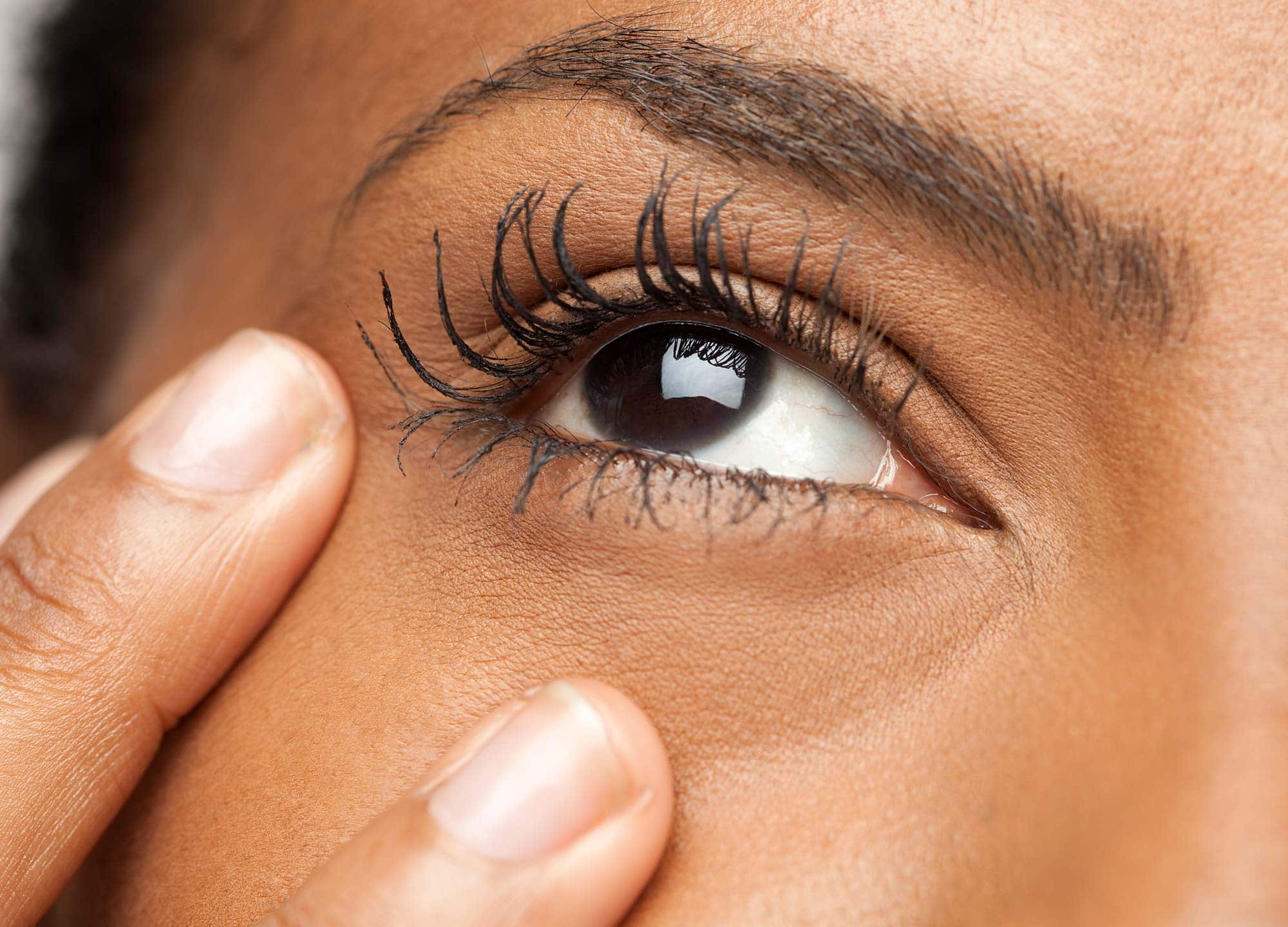Most of us have experienced puffy under-eyes at some point in our lives. Lack of sleep, a salty junk food binge, overindulging in alcohol and underindulging in water… all can lead to lower-eyelid bags that make us look tired and sick. But puffy bags that go away after lifestyle shifts are different from malar bags, which are trickier to treat.
Below, doctors explain what causes malar bags and how to improve them, both surgically and nonsurgically.
What are malar bags?
Malar bags, also known as festoons, are raised or swollen mounds that appear under the lower eyelid and on the cheek above the cheekbone. People with malar bags have a puffier appearance around the eye, which can project an image of being perpetually tired. And while most people see malar bags only as a nuisance that affects their appearance, severe festoons can lead to peripheral vision loss.
What causes malar bags?
There is no singular cause of malar bags. In fact, there are several factors that contribute to the formation of festoons, and the causes often differ from person to person.
Most commonly, malar bags are formed as a result of a structural issue in the skin in the lower lid and cheek area. Specifically, it’s a loosening of the orbicularis muscle (the muscle that helps close the eyelid) as well as skin and fat compartments on the face around the eye and cheek area.
“Malar bags are a result of normal aging in patients who are genetically predisposed to getting them,” says Dr. Jennifer Reichel, a board-certified dermatologist in Seattle. And that predisposition, she notes, is largely based on the anatomy of their under-eye area.
Fat loss and fluid retention around the cheekbones may also cause the skin to sag and make festoons appear more pronounced.
Are there at-home remedies for malar bags?
Given the fact that malar bags are formed as a result of a structural issue in your skin, it’s easy to understand how creams, gels, and cosmetic cover-ups do nothing to improve the situation. And while the internet abounds with information (and misinformation), anything you may find regarding home remedies for malar bags would be anecdotal. That said, Dr. Reichel notes that cold compresses can temporarily improve the appearance of the festoons and offer some reprieve from the swelling.
How are malar bags treated?
“Treatment is going to be based on how bad the malar bags are as well as how aggressive the patient wants to be,” says Dr. Reichel. She also notes that, while more invasive treatments may yield better results, patients should know that those types of treatments are likely to be more expensive and require more downtime. Typical treatments for malar bags fall into two categories: nonsurgical treatments and surgical treatments.
Nonsurgical treatments
Fillers
Fillers are often used to reduce the appearance of wrinkles and restore fullness to the face. Dr. Reichel shares that she may suggest using fillers to add volume and fill in the area around the festoon. However, she notes that the results can vary from person to person. “If a patient has only malar bags and no other aging changes around their eye, then fillers would not be appropriate. Only with a combination of problems can fillers be used [for festoons] to fill in grooves and give a smoother appearance.”
She also notes that “at some point along the aging process, the filler is no longer going to work, and surgery will be the next [best option].”
Laser skin resurfacing
Laser skin resurfacing is another treatment option for malar bags and can be used to tighten the skin laxity of the festoon, notes Dr. Reichel. Moreover, laser skin resurfacing can also reduce the appearance of fluid retention around the malar bag.
Dr. Dilip Madnani, a board-certified facial plastic surgeon in New York City, says that the answer isn’t always black-and-white when it comes to nonsurgical treatment for malar bags. “It really depends on how much volume loss there is—[effective treatment can be] a combination of filler with skin tightening lasers.”
Surgical treatments
Blepharoplasty
Blepharoplasty, commonly called eyelid surgery, is often used to remove excess skin as well as fat deposits—which, in turn, smooths the lower lid and upper cheek area.
It’s important to note that we add blepharoplasty as a treatment for festoons to our list with some hesitancy. While some plastic surgeons will present this option to their patients who have malar bags, there are others who insist blepharoplasty will only worsen their appearance. This procedure removes the fullness of the lower eyelid, and instead of improving the appearance of the festoon, it may highlight it and make it more obvious. If you are thinking about having this procedure done to treat your malar bags, be sure to have an in-depth conversation with a board-certified surgeon who specializes in eyes.
Facelift
While a facelift does not eradicate malar bags per se, it can tighten the skin and reduce sagging. This, in turn, minimizes the appearance of the malar bags.
The important thing to remember about malar bags is that just as the causes differ from person to person, so too do the treatments, which are based on the severity of the condition. Ultimately, it is up to the patient to work with their doctors to determine their best course of action. For any procedure your doctor suggests for the treatment of your malar bags, ask to see before and after photos of previous patients with malar bags so you can make an informed decision.











